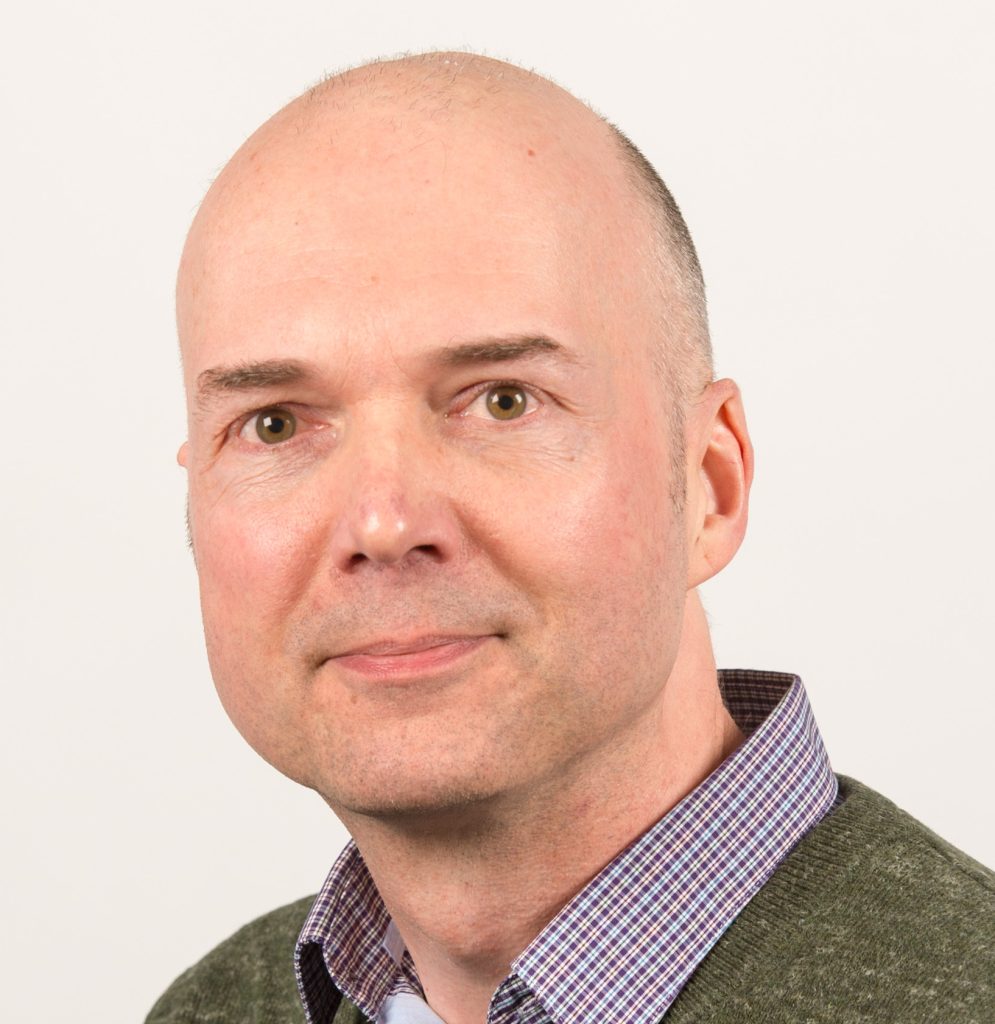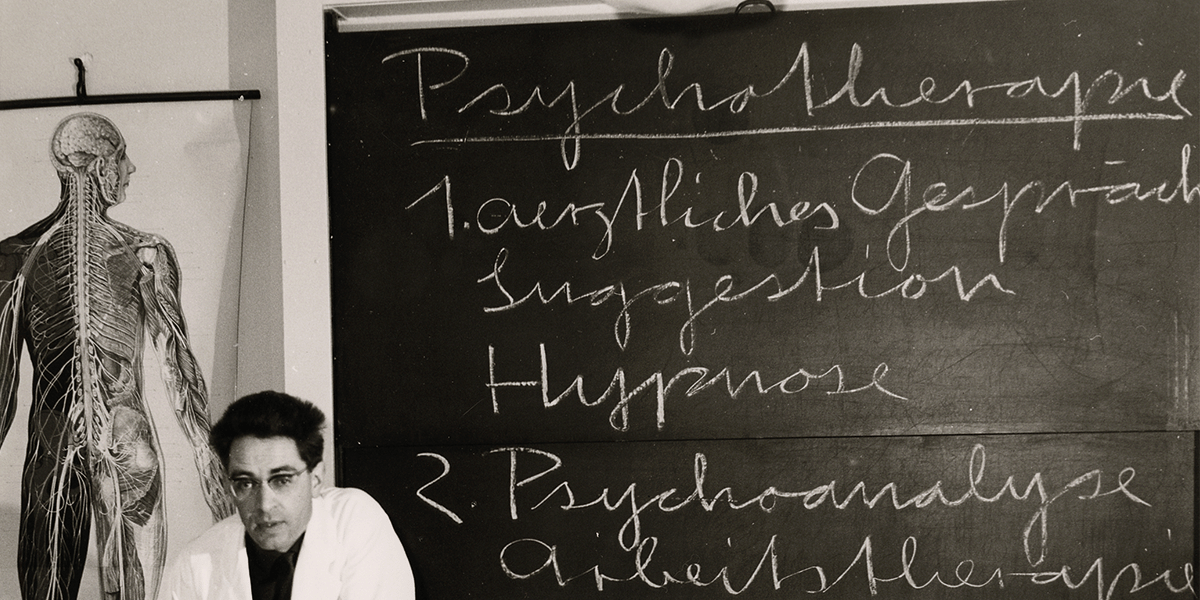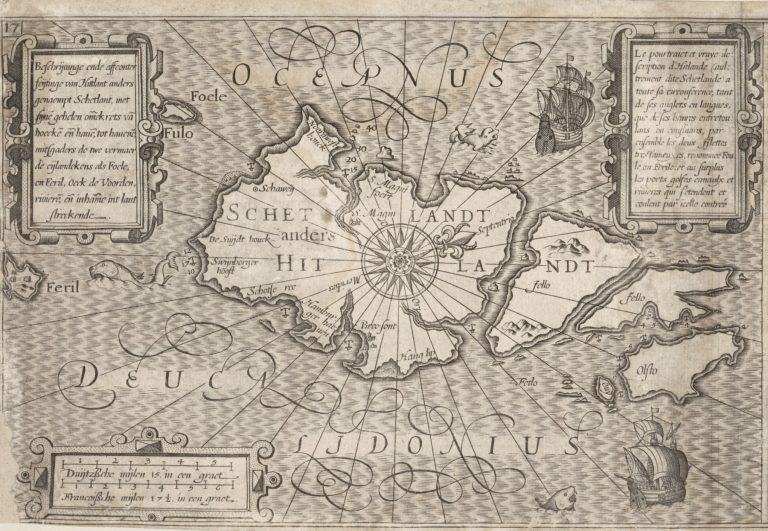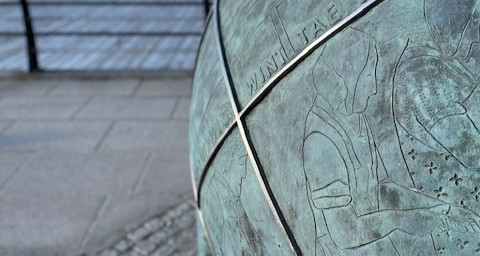
A Q&A with Gavin Miller, author of Miracles of Healing, an investigation of the relationship between religion and psychotherapy in twentieth-century Scotland.
Tell us a bit about your book.
Miracles of Healing explores the overlap between Christianity and psychotherapy in Scotland, covering a period from around 1920 to 1990, with occasional forays into the late Victorian era. I show how Freudian psychoanalytic ideas were adopted and adapted by key agents, and were inflected by a Scottish context of Christian ideas, practices, and organisations. For instance, Edinburgh’s Davidson Clinic ran from 1941-1973, and promoted a consciously ‘Christian psychotherapy’ in which ‘miracles of healing’ could literally occur, whether with adult or child patients. The Davidson Clinic’s leading light, Dr Winifred Rushforth (1885-1983), latterly adapted this approach into an eclectic ‘New Age’ psychotherapy that was particularly appealing to the Duke of Rothesay – or, as we better know him, Prince Charles.
What inspired you to research this area?
My doctoral work was on the Scottish author, Alasdair Gray, and through that I became aware of the cultural significance of the Glaswegian radical psychiatrist R.D. Laing (1927-1989), as well as of much less well-known figures such as the psychoanalysts W.R.D. Fairbairn (1889-1964) and Ian D. Suttie (1889-1935). The more I dug into their work, the more I found evidence of surprising alliances with Scottish Christian ideas, practices, and organisations – such as Laing’s enduring if sometimes troubled relationship with the Iona Community.
What was the most exciting thing about this project for you?
The detective work that turned plausible affinities into connections that I could precisely and factually demonstrate. I’d a suspicion that Freudian psychoanalysis had been selectively transformed when imported in Scottish intellectual life, so that psychoanalysis lost its reductive account of the infant as born into an essentially selfish and hedonistic relationship with the mother. There was a prominent strand of Scottish Christian thinking which saw natural selection not as the biological underpinning of Social Darwinist struggle but rather as a gradual providential ascent towards the altruistic virtues embodied (literally) in mammalian species – with the human mother-child relationship as the epitome of this evolutionary teleology. Research in Edinburgh University Special Collections showed that the pioneering psychoanalyst W.R.D. Fairbairn was informed and influenced by such ideas: his personal library showed evidence of his reading, further confirmed by marginalia that showed precise page numbers.
Did you discover anything particularly strange or surprising?
I’d known that R.D. Laing’s therapeutic methods had given him a significant place in the counterculture of the late 1960s and early 1970s, including among elite networks of writers, actors, and other creative artists. It was surprising to see some well-known names that had taken LSD (at a time when it wasn’t illegal to possess): the actor Diane Cilento, the Irish author Edna O’Brien, and (according to Cilento and O’Brien) Sean Connery. A therapeutic LSD trip was supposed to offer the possibility of metanoia. This was a profound spiritual transformation, which Laing suggested was the essence of early Christianity, albeit without the pharmaceutical assistance (at least in Laing’s version – John M. Allegro proposed around the same time that early Christians were customarily using natural hallucinogenic substances).
Did your research take you to any unexpected places or unusual locations?
One pleasure was a research trip to New Zealand’s National Library to explore the way in which Scottish psychotherapeutic ideas were central to the founding of the New Zealand Association of Psychotherapists. The New Zealand psychiatrist Maurice Bevan-Brown (1886-1967) was inspired by two Scots in particular, the psychoanalyst Ian Suttie and the Christian philosopher John Macmurray (1891-1976). Bevan-Brown argued for a transformation of infant care, and particularly targeted the so-called Truby King method which demanded that the infant adapt strictly to the timetable of the household, without mollycoddling from the parents. The Truby King method promoted breast-feeding, and was great for the baby’s bodily health, but Bevan-Brown saw it as a psychologically damaging interference in the relationship of ‘communion’ between mother and child. He even suggested deficient childcare was a psychological foundation to the warmongering that had beset the twentieth century.
Has your research in this area changed the way you see the world today?
I’m much more conscious of the religious narratives that the psychological disciplines have perpetuated, albeit uwittingly. The promise of spiritual rebirth through psychotherapy is one such alluring narrative, as are assumptions of an original innocence in children that is lost by a fall from grace (that good parenting may nonetheless mitigate).
What’s next for you?
I’m writing up a project on psychotherapeutic titles in Penguin publishing’s post-war list (working title: ‘Penguins on the Couch’). This will take a while since I have thousands of image files to work through. I’m hoping also to join up the Penguin research with a planned project on post-war British ‘Broadcast Psychs’: psychiatrist, psychologists, and psychotherapists who became authorities – and even minor celebrities – on radio and TV. It’s work I’ve started already with some scoping research on David Stafford-Clark, the BBC’s favoured psychiatrist of the 1950s and 1960s.

About the Author
Dr Gavin Miller is Senior Lecturer in Medical Humanities in the School of Critical Studies, University of Glasgow.
He has previously published the monograph R. D. Laing with Edinburgh University Press (2004) and he has been widely published in books and journals on the topics of psychotherapy and theology, Scottish literature and the medical humanities.
Find out more about Miracles of Healing on the EUP website.






This is a very interesting topic indeed. The relationship between religion and psychotherapy spans different religions and faiths. The diversity of belief around this link is amazing in all cultures and societies as well as between different generations.
Very insightful about such an interesting topic on link between religion and psychotherapy.